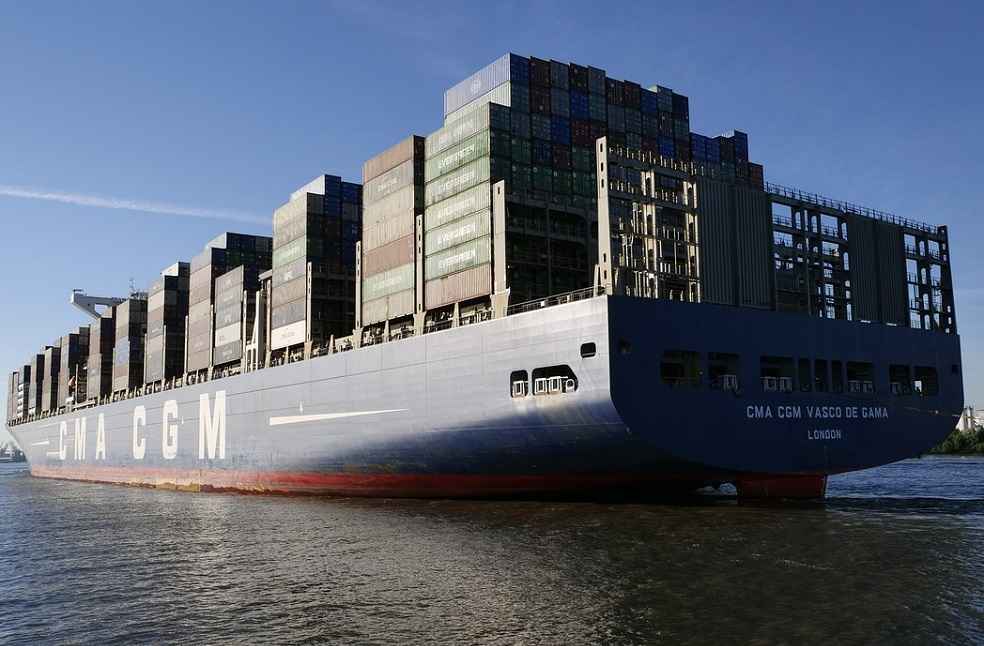For decades, China stood as the world’s unmatched manufacturing giant in terms of trade. However, recent shifts in China’s trade and export dynamics suggest an alteration in this narrative. A troubling decline of 14.5% in exports for July, aggregating to $281.8 billion, marks the continuation of a downward trend observed over three consecutive months post-COVID.
Furthermore, with Mexico and Canada emerging as top trading partners with the United States, there’s a clear signal: American corporations are transitioning their supply chains closer to home. This strategic move is backed by official Chinese data, which reported a daunting 80% slump in foreign investments for the second quarter.
While global demand and consumer interests play a role, the trend of ‘nearshoring’ — further catalyzed by global disruptions such as COVID-19 and geopolitical conflicts — is emerging as a potent factor affecting global supply chains.

US Embraces ‘Nearshoring’: A Boost for Mexico and Latin America
‘Nearshoring,’ moving business activities to geographically closer nations, diverges from traditional offshore outsourcing. A study titled “Nearshoring to the Americas” by the Center for Strategic and International Studies emphasizes its importance, advocating for the U.S. to establish new trade partnerships within the Americas to strengthen supply chain resilience.
Trade tensions between the U.S. and China have catalyzed this trend, prompting several businesses to shift operations from China to closer destinations like Mexico. Should other Latin American nations capture similar trade advantages with the U.S., they too could soon become nearshoring focal points.

Despite ongoing US-China disagreements on human rights, trade, and tech-market competition, American consumers continue to demand Chinese products. However, the Biden administration’s recent measures — such as curbing shipments of high-end computer chips to China — hint at a more cautious approach in their trade relationship.
Concurrently, Mexico’s burgeoning role in U.S. trade cannot be overlooked. Recent data unveils Mexico’s overtaking of China as the leading goods provider to the U.S. Morgan Stanley forecasts further growth due to nearshoring, with potential investments amassing up to $46 billion in the coming five years. This could see Mexico’s GDP growth rocket to about 3% between 2025 and 2027.
In short, the 4th industrial revolution is creating significant changes in the global business landscape. The trade world is undergoing an evolution in which each country shrinks into its own neighborhood, while the borders take the form of a network. We are seeing this directly affecting China’s industrial geosciences and exports. The consequences of this may be seen in the years to come.
BANKING & FINANCE | Rising Online Bank Fraud in Trade World: Adhere to Expert Advice



